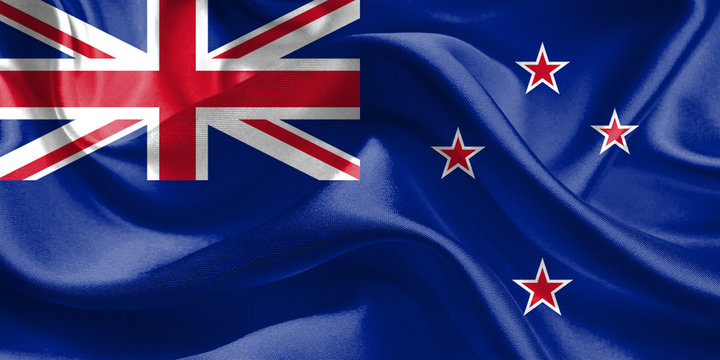International franchisors should make sure their intellectual property is protected in New Zealand before entering the market. Trademarks, registered designs, copyright, and patents are all included in the definition of “intellectual property.” Any franchised business must prioritize the protection of intellectual property rights. The franchisor’s intellectual property may be protected in New Zealand in the following methods:
Patents
The Patents Act of 2013 allows you to get patent protection. In general, inventions (ideas) that are new, require a “inventive step,” and be beneficial may be protected by a patent. A novel innovation over existing technology is referred to as an inventive step.
The system works as a reward for technical innovation by giving exclusive monopoly rights for a predetermined amount of time. Patent rights are granted by statute. The invention must be novel in order to be granted a patent that is valid. The applicant or any other party should not have utilized, sold, published, or otherwise made an invention known in New Zealand prior to the date of application.
Trademarks
As a foundation for every business venture, a franchisor must seek official trademark or service mark protection. In New Zealand, there are 42 classes of goods and services for which trademark protection is available, of which 34 relate to goods and 8 to services. For instance, there are two classes for products like beer, alcoholic beverages, fruit juices, and mineral water, and three classes for meals. In order to protect advertising and business services, there is also a service class.
For each unique scenario, it is necessary to take into account the type and scope of any trademark protection. The Trade Marks Act of 2002 controls the registration of all marks. Trade marks can be any word, trademark, label, symbol, device, or logo that serves to differentiate a specific good or service from a good or service provided by another party.
Copyrights
The labor, skill, and judgment used by an author, artist, or creator to produce an original literary, artistic, musical, or dramatic work are protected under the Copyright Act of 1994. The work automatically gives the copyright of the work. The tangible form that ideas assume, like a handbook, a logo, or a commercial jingle, is what can be protected rather than the ideas themselves. Protection comes in the form of a legal right to prevent others from duplicating the entire work or a significant portion of it without the author’s consent.

